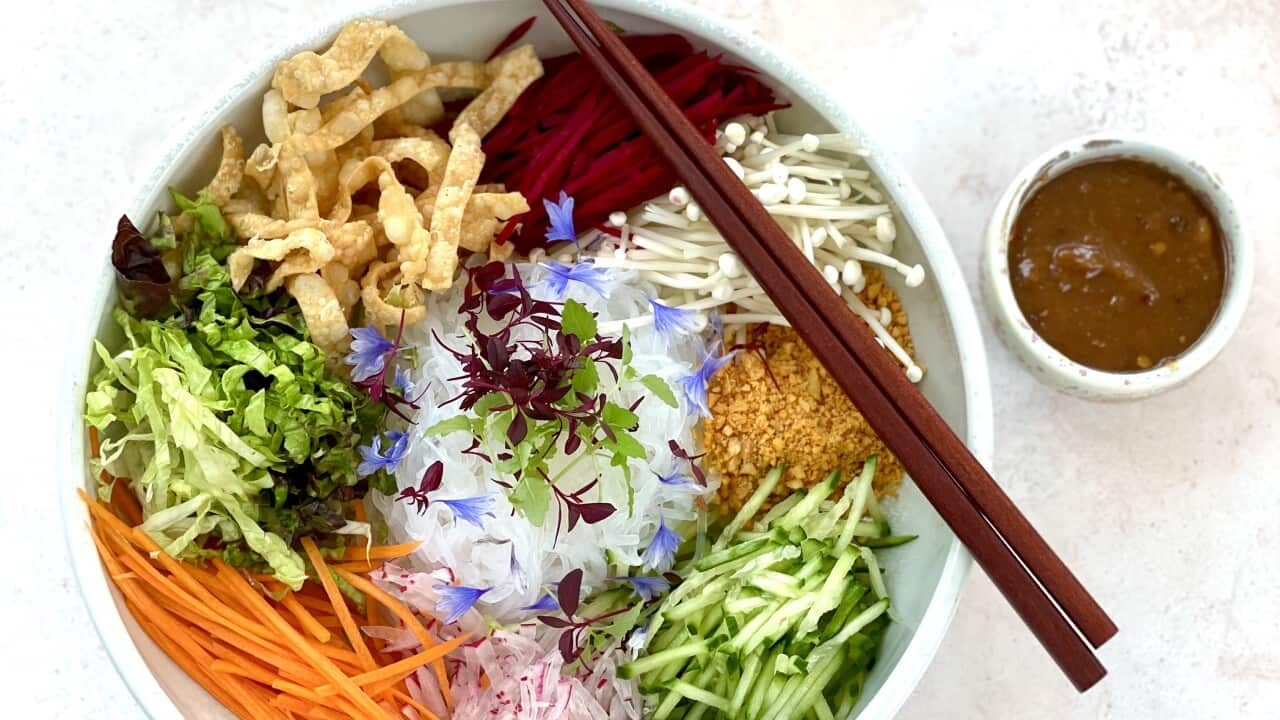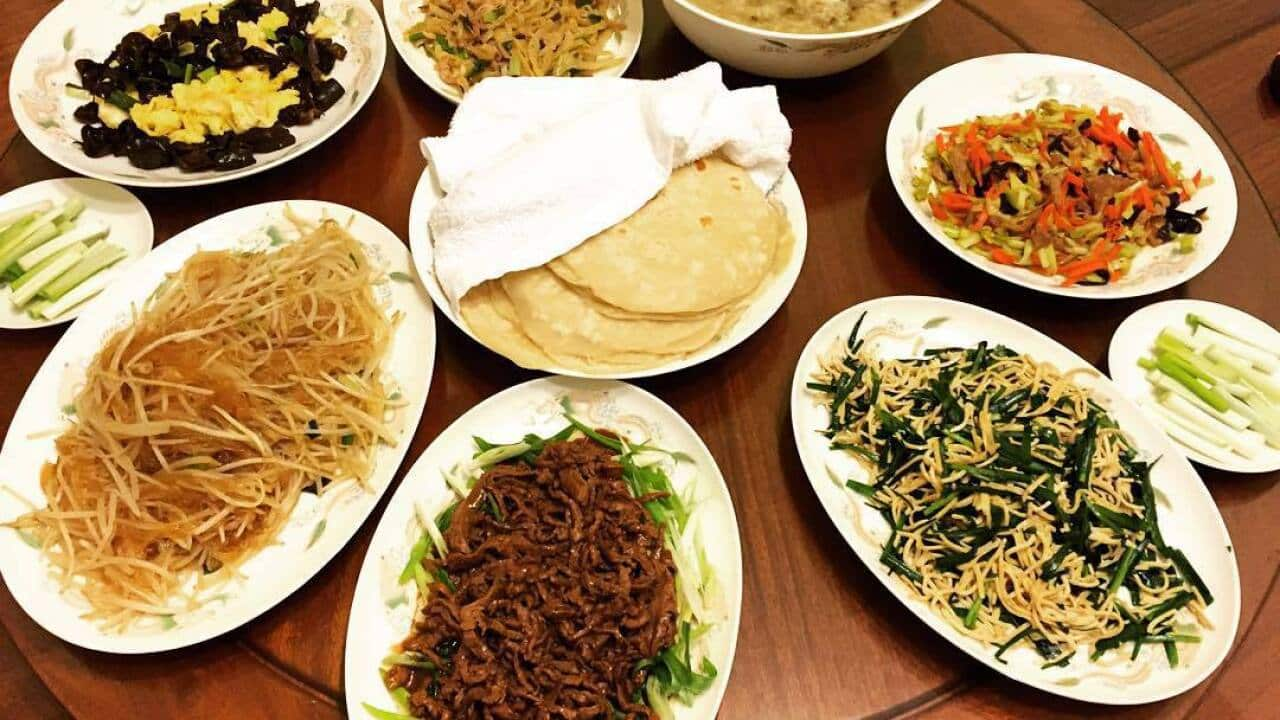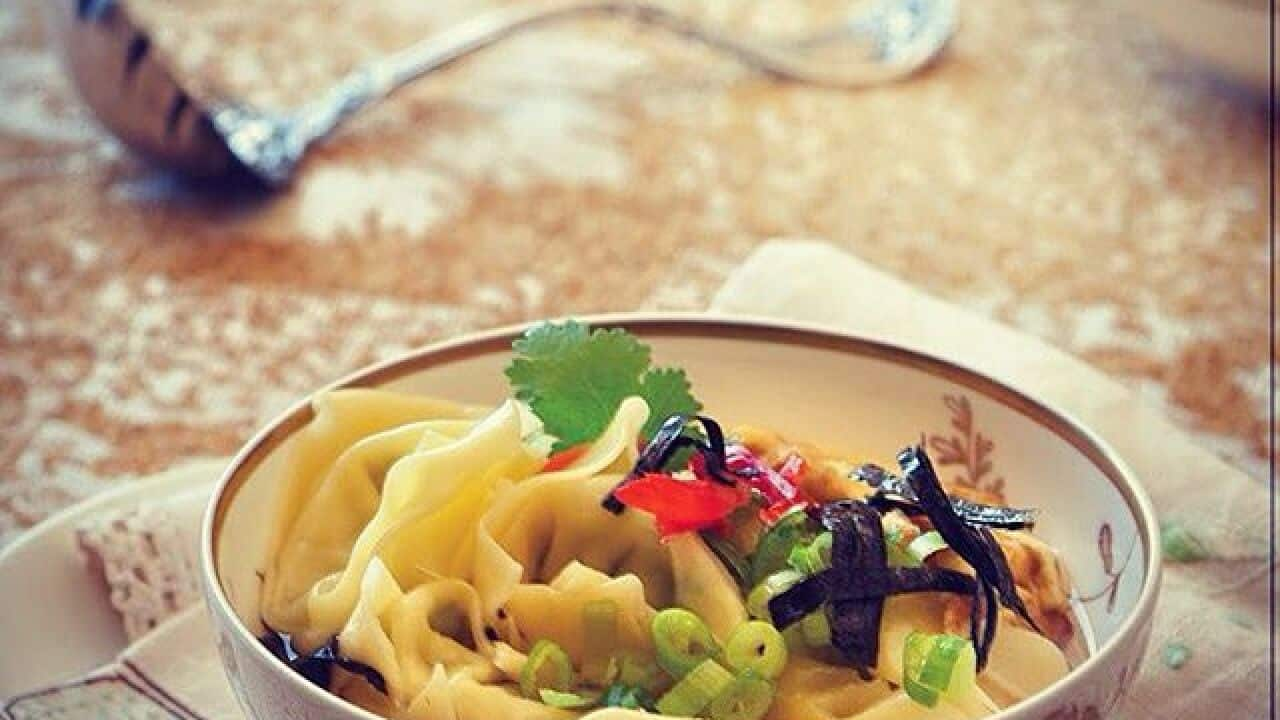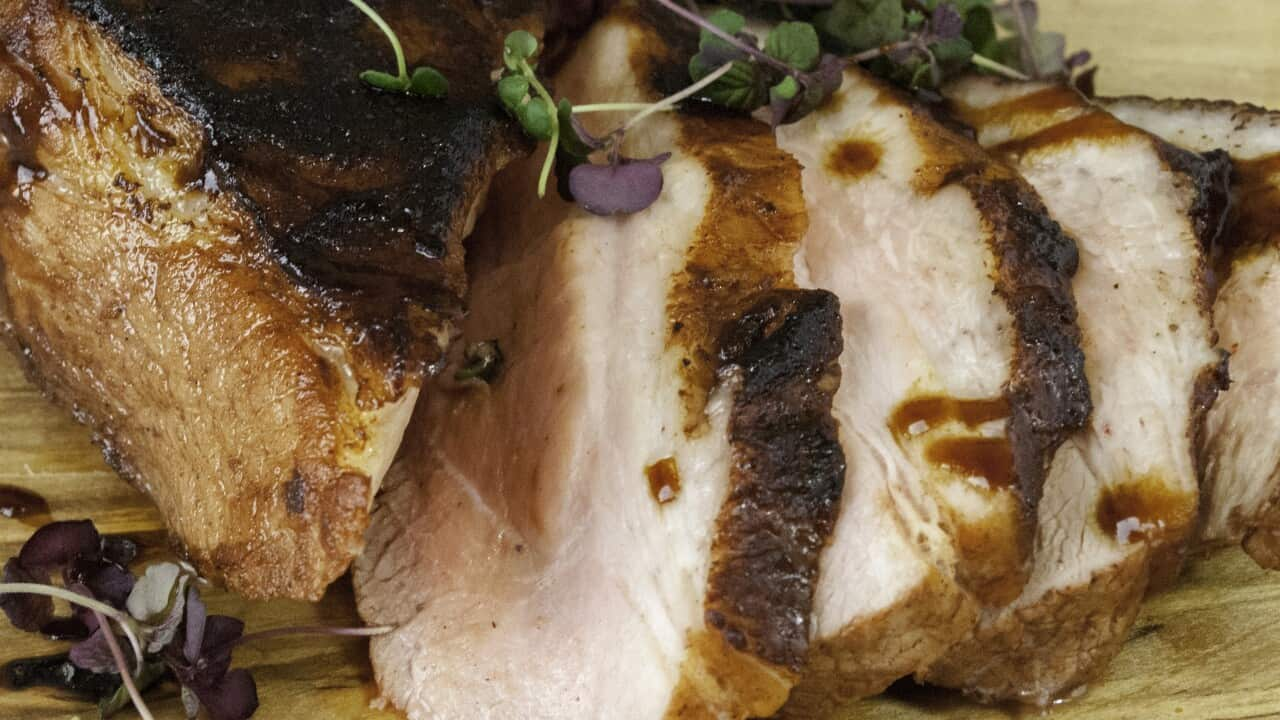Mexico has tortillas, commonly stuffed with slow-braised pork to become carnitas, and Greece has souvlakis or gyros, filled with rotisserie-roasted meats. They're delicious in their own right and an instant cure for late-night munchies on the weekend. But when I think of hand-held edible wraps, I first think of Chinese spring pancakes.
If you have travelled to China's capital of Beijing, friendly locals would have insisted you visit one of their favourite restaurants for the city's local delicacy, crispy Peking Duck, which is best served wrapped up in a thin tortilla-like pancake.
While this is usually reserved for special occasions since duck is quite expensive, Chinese families eat a humbler version with simpler ingredients like bean shoots, stir-fried pork and glass noodles.
As much as I want to paint a picture for you, I am trying to resist the urge to call them 'Chinese tortillas', because, like many fabulous food traditions and dishes, China is one of the first places that flatbreads originated from.
My mum, a Chinese school teacher in Melbourne and a walking history book, tells me that Chinese spring pancakes date back to the Jin dynasty (266-420 AD) and have been adapted and passed through various generations from the Tang and Qing dynasties, where the flatbread (loosely translated as 'spring pancakes' because of its association with China's Spring Festival or Lunar New Year), ultimately took form as a fried rolled pancake, which we now know as a spring roll — a crispy cigar-shaped parcel stuffed with meat or vegetables.
LUNAR NEW YEAR FOOD

14 ways to restart the New Year with a Lunar bang
It's simple to prepare spring pancakes. It requires just two ingredients — flour and water. This enabled mum to prepare more than 40 pancakes in a blink of an eye. Mum has taught me a lot in the kitchen and has also shared memories of herself as a kid with her mother in their tiny Taiwanese kitchen.
Making spring pancakes also showcases my mum's artful flip of a pancake with just her hands. Mum reminds me that the key to great spring pancakes is to "not put too much colour on them" (aka burn them) and let them puff up over a gentle heat.
Spring pancakes are very different to spring onion pancakes — a layered pancake with lots of oil and spring onions for a crispier and greasier snack akin to a flat croissant. No, no — traditional spring pancakes are plain so they don't detract from the fillings, such as beef stir fry, wood-ear mushrooms and other julienned vegetables.
For me, spring pancakes are more than just about feasting. They bring my family together.
While spring pancakes are often eaten during Lunar New Year celebrations to welcome spring, I remember my family eating them throughout the year. I remember eating them on special occasions, such as when our aunty flew in from Los Angeles or when we had guests over for dinner. The spring pancakes marked our reunions and happy times.
Chinese families, particularly in Northern China where the dish originates, have their own personal favourite fillings. But common dishes include stir-fried bean shoots, fried green beans tossed in a rich meat sauce and of course a fried egg omelette.
But spring pancakes are more than just about feasting. They bring my family together and ultimately give us memories. I remember my dad always filled his spring pancakes so full that they would burst when he took his first bite. I remember how my sister would eat more than six and still have room to eat the accompanying congee soup.
Family chatter would always end with the question, ‘How many did you eat?’. Four, Six or Three really big ones?
No matter what, we would always put our hands on our tummies with joy over yet another great family meal.
FOOD FOR LUNAR NEW YEAR

How to do a vegan Lunar New Year








